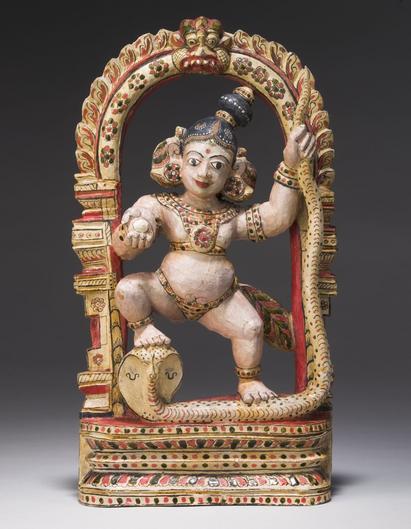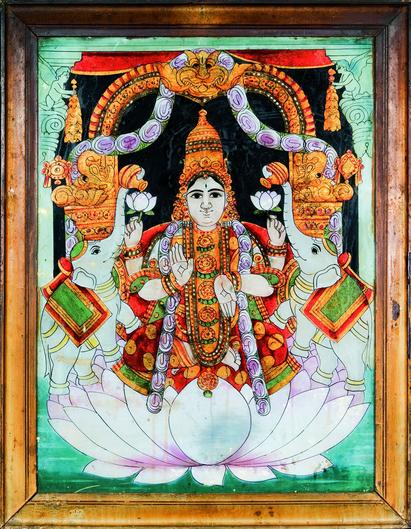South Indian Religious Art (c. 1700-1900)


The ethnographic collections of the National Museum of Denmark contain beautiful examples of 18th and 19th century religious art from Tranquebar and other parts of south India. A small collection of reverse glass paintings with motifs of Hindu deities painted on the back side of glass is one of the many examples of art derived from Thanjavur. Others include collections of cast bronze and wooden figurines of Hindu deities, musical instruments, tools and paintings, and a collection of gouaches and mica paintings of Hindu gods and mythologies, which have entered the museum as parts of the private collections of Niels Studsgaard Fuglsang who served the Zion Church as pastor for the Danish congregation in Tranquebar 1792-1802, and Konrad Emile Mourier who served as governor 1832-38.
Text: Professor Esther Fihl and Research Assistant Caroline Lillelund, 2015
Web design and supervision: Assistant Curator Bente Gundestrup
Language editing: Research Assistant Manasa Bollempali
